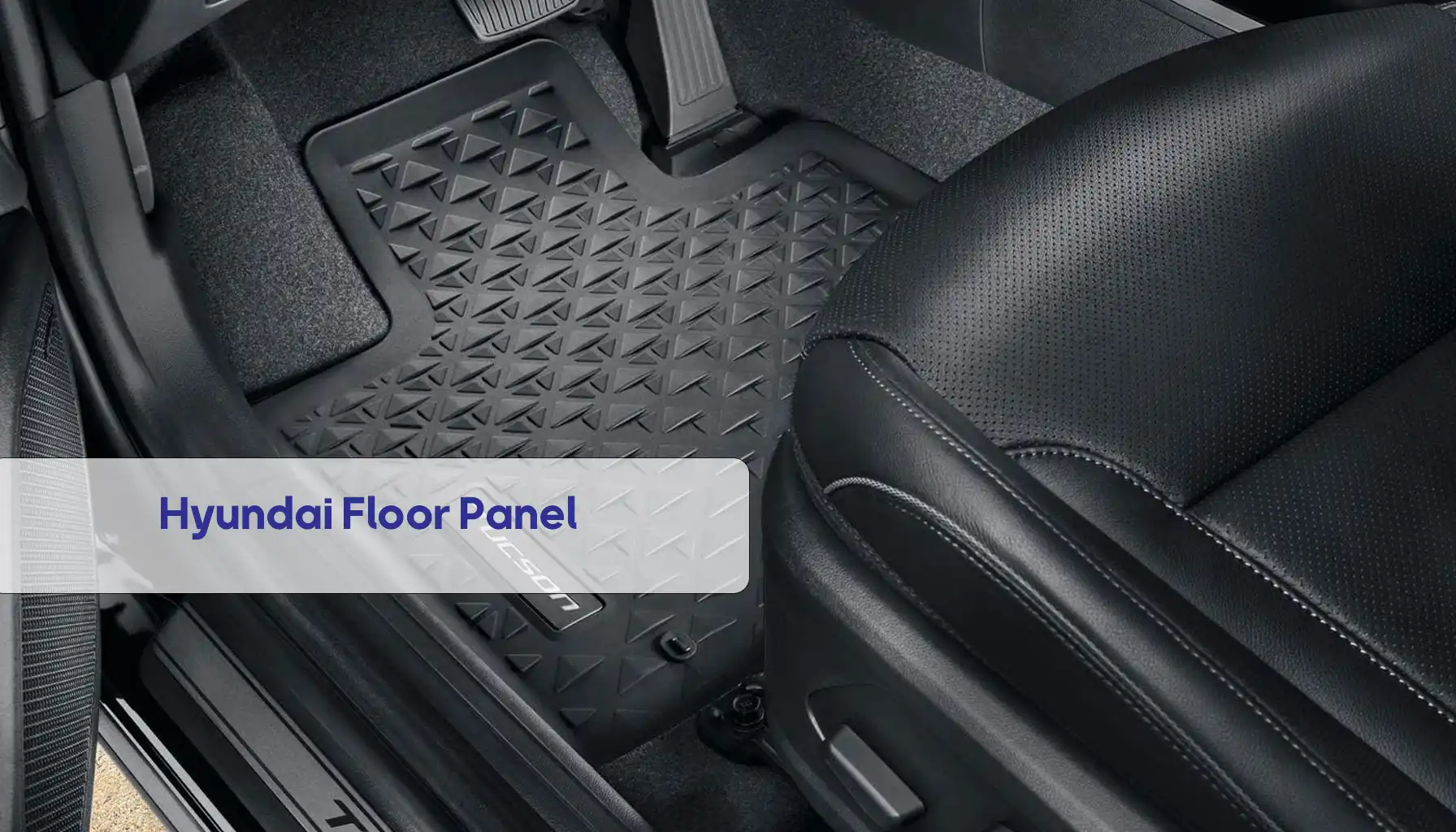Oil pumps are like the heart of an engine. They keep the engine oil moving around, ensuring everything stays lubricated and cool. This post will look at a few things, like what oil pumps do and why they’re so important.
Ready to dive in? Let’s kick things off with a first question.

What is the mechanism of oil pumping?
Oil pumping as an vehicle’s engine part refers to how the engine’s power is transferred to the oil pump, delivering the necessary amount of oil to the engine.
Different mechanisms drive the oil pump, such as gear-driven, chain-driven, belt-driven, intermediary shaft-driven, and shaft-driven systems. Each mechanism has advantages and disadvantages, depending on engine design, cost, and performance requirements. Here is a brief overview of some common oil pump mechanisms:
- Gear-driven:
This mechanism uses two meshing gears to transfer power from the crankshaft to the oil pump. It has some advantages and disadvantages. The advantage is that it is simple, reliable, and efficient. However, the disadvantage is that it can make noise and may wear out over time.
- Chain-driven:
The engine uses a chain and sprocket to move power from the crankshaft to the oil pump. This method is quieter and smoother compared to gear-driven ones. However, over time, the chain may stretch and become loose, affecting the oil pressure and timing.
- Belt-driven:
This engine mechanism employs a belt and pulley to transfer power from the crankshaft to the oil pump. It is less noisy and more flexible than a chain-driven mechanism. But it has a downside: over time, it can slip and break, leading to oil starvation and engine damage.
- Intermediary shaft-driven:
An intermediary shaft, which connects to both the crankshaft and the oil pump, can help reduce the speed and torque of the oil pump, making it work better and last longer. However, this mechanism also adds weight and complexity to the engine.
- Shaft-driven:
This mechanism uses a shaft that connects directly to the crankshaft and oil pump. This design eliminates the need for gears, chains, or belts, simplifying and reducing friction losses. However, this mechanism can cause vibration and stress on the shaft and oil pump.

Now, The second question arises!
How does the oil pump work in the engine?
The engine oil pump pulls oil up from the oil pan through a pipe with a filter to keep debris out. The pump then sends the oil through a valve that regulates the pressure, preventing engine damage. The oil moves through various channels to lubricate excellent engine parts such as the bearings, pistons, and camshaft. Finally, the oil returns to the pan, and the process starts again with the oil pump.
How do I know if my oil pump is still good?
There are some signs and symptoms that can indicate if the oil pump is still good or not. Some common symptoms of a bad oil pump are:
- Low oil pressure light: If you see the light on your car’s dashboard that says “Low oil pressure,” it means that something is wrong with the oil in your engine. Oil can leak out of the system if the oil pump breaks, the filter fills with dirt, or the oil level is too low. If you see this light, you must take your car to a mechanic to get it checked out right away.
- Increased engine temperature: When an engine heats up more than usual, it could mean that the oil is not providing enough lubrication and cooling. The reason for this is because of increased friction and heat production. Without addressing this issue, the engine may overheat and possibly cause damage.
- Noise from the valve train: The engine’s top part, where the valve train components are, can make a ticking or rubbing sound due to metal-to-metal contact. When there isn’t enough oil, this happens.
- A noisy oil pump: An oil pump in the front or bottom of the engine can produce a whining or whirring sound. The worn-out gears or bearings in the oil pump cause this sound.
Check your oil pump manually!
If you want to check your oil pump manually, you can use an oil pressure gauge that hooks up to the oil pressure sender port on your engine. The indicator will tell you the oil pressure in your engine and compare it to your engine’s standard oil pressure range. Replacing your oil pump with too low or too high pressure could be necessary.
Oil Pump selection
If you’re interested in boosting the performance and durability of your engine, you might be wondering whether a high-pressure or high-volume oil pump is the better choice. The answer depends on various factors, such as the type of engine, its clearances, intended use, and your goals.
High-Pressure Oil Pump
A high-pressure oil pump delivers oil at higher pressure levels than a standard pump. There are some advantages to this, including:
- Improved bearing load support: Higher pressure helps maintain oil film thickness and prevent metal-to-metal contact between engine components, especially in engines with tight bearing clearances.
- Preventing cavitation: Higher pressure prevents oil from boiling and forming air bubbles, which can reduce lubrication and damage engine components.
- Low RPM applications: Higher pressure ensures adequate oil flow and pressure at low engine speeds, where oil demand is lower.
However, a high-pressure oil pump also has some drawbacks, such as:
- When the pressure to pump oil is high, it needs more energy. It may affect the efficiency and power of the engine.
- When there’s too much pressure, things can start to break down faster. It can even happen to the oil pump, filter, and seals, leaking or failing.
- Excessive pressure has the potential to surpass the limits of the oil passages and relief valve, resulting in oil starvation and damage to the engine components.
High-Volume Oil Pump
A high-volume oil pump delivers more oil than a standard pump. There are some advantages to this, including:
- When you use high-volume pumps, your engine gets more oil to its components, especially when running at high RPMs requiring more oil.
- High-volume pumps help cool the engine components by moving heat away from them. This cooling process is beneficial for the engine.
- High-volume pumps are ideal for high-performance engines with increased bearing clearances or require additional lubrication and cooling.
Despite this, high-volume oil pumps are not without their disadvantages, such as:
- High-volume pumps are pricier to install and may need adjustments to the oil pan, pickup, and filter to fit the increased oil flow.
- Be careful not to overdo it with the oil. Large pumps can whip up the oil, creating air bubbles and leaks that could mess with the lubrication and hurt your engine parts. Keep that in mind!
- Increased oil consumption: Using high-volume pumps can lead to more oil usage and the need for more frequent oil changes.
Choosing the Right Pump for Your Engine
Choosing between a high-pressure and high-volume oil pump depends on your engine’s needs and features. There are a few things to think about before making your choice:
- Engine type: Every engine has a unique oil system design, clearances, and requirements. So, before picking an oil pump, check the manufacturer’s recommendations and specifications.
- Performance goals: If you want your engine to perform better and have more power, consider using a pump that provides more cooling and lubrication. However, if you are worried about the engine’s reliability and how long it will last, go for a high-pressure pump that provides better bearing support and prevents cavitation.
Application: You should evaluate the typical operating conditions and environment of your engine, whether it is a daily driver, a race car, or a low RPM application.



